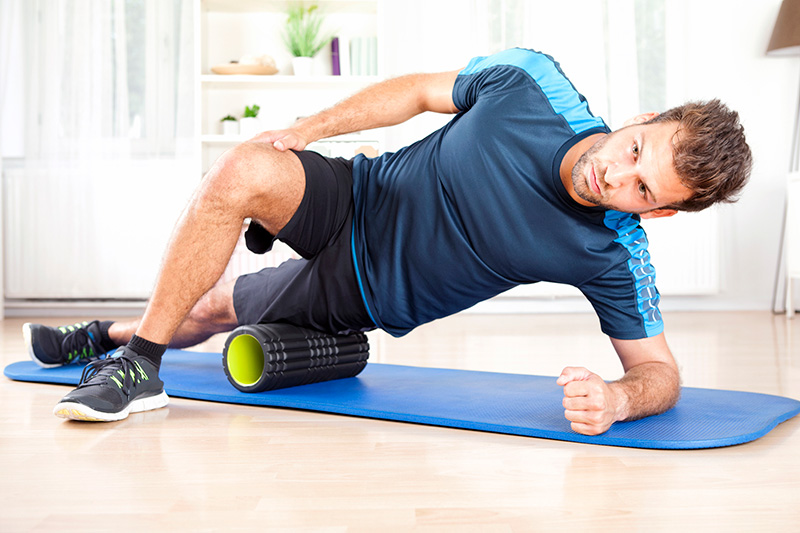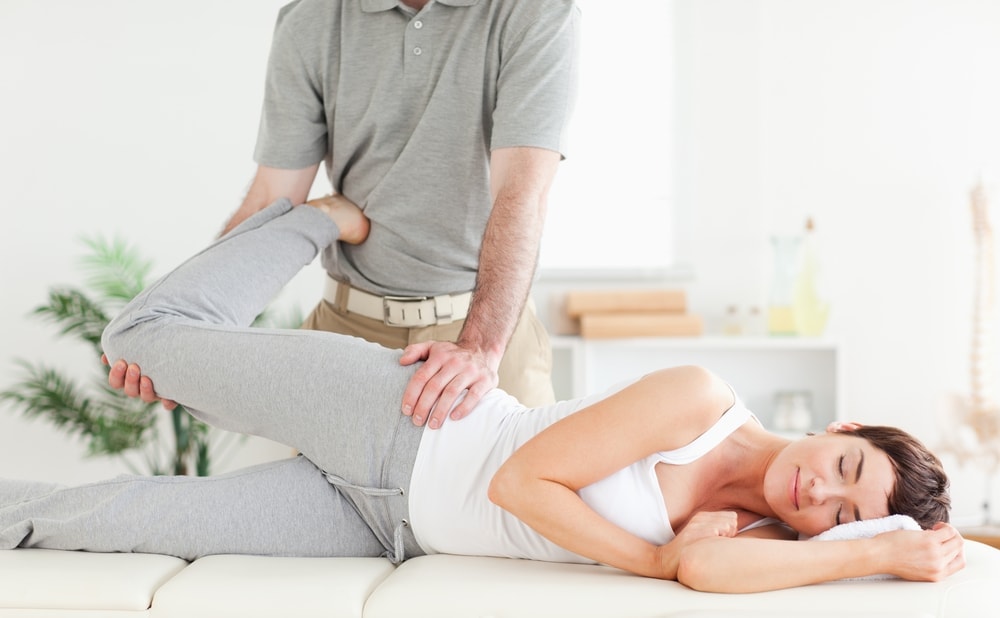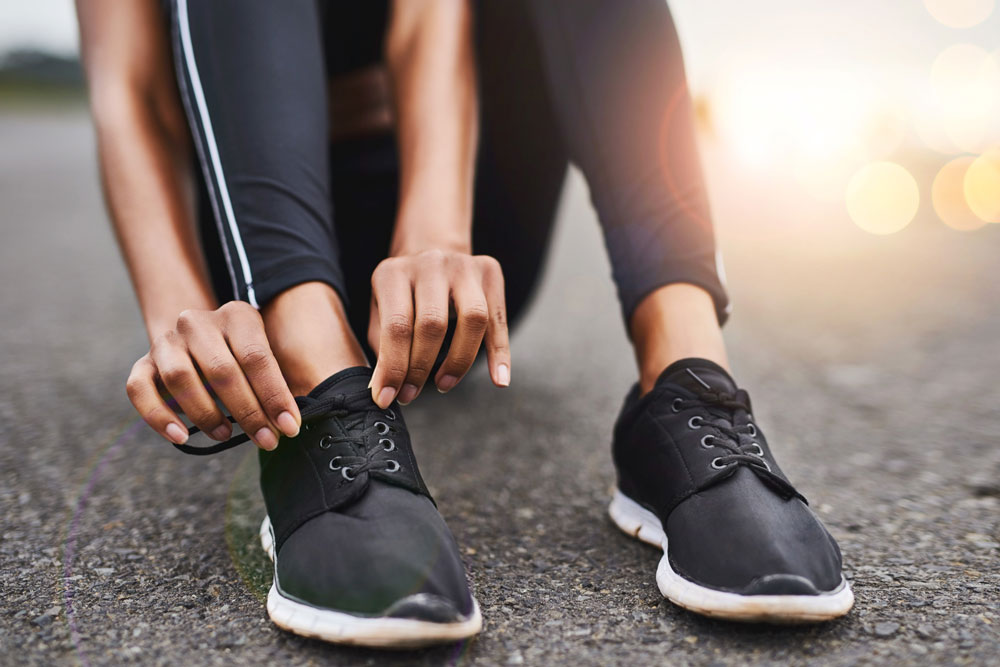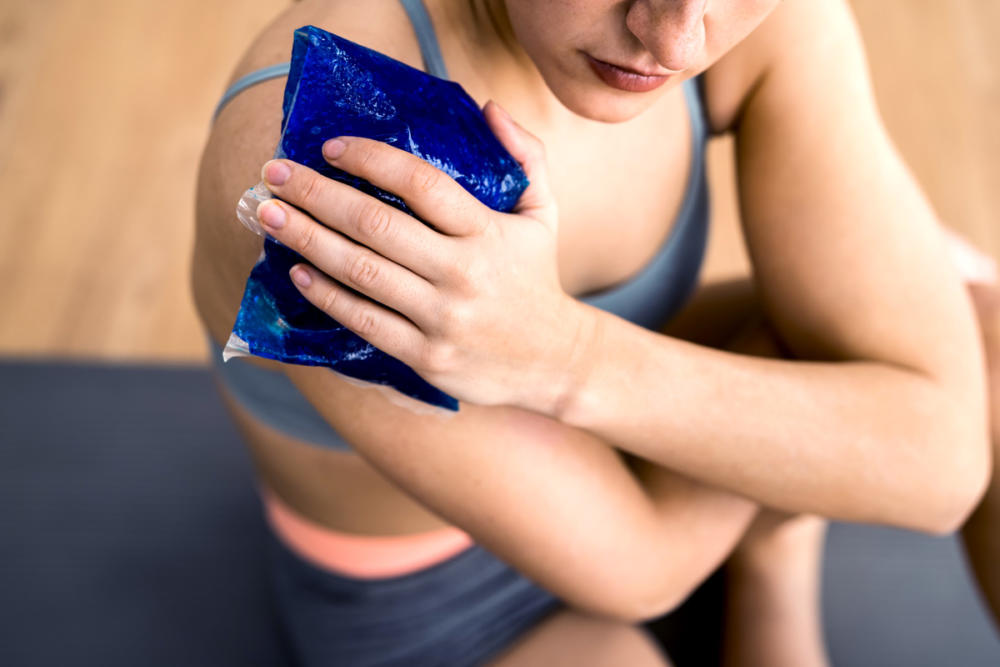One of the more debilitating muscle injuries that people frequently encounter is called a “pulled groin.” More medically savvy, an adductor muscle strain. I see these injuries often in the clinic with active individuals, whether they got injured playing pickleball or playing in a high school soccer game. The mechanism of injury is the same.
Importance of patience for maximal healing
Most people prefer to self-treat this condition; however, they do not understand the proper way to allow for maximal healing and get back to their chosen activity as soon as possible. Below I will describe the importance of patience with the healing process and specific exercises that you can complete on your own to make sure you heal correctly, return to activity, and limit your chances of re-injuring this muscle again.
3 groin at-home exercises to heal properly
Initially, after the injury (acute stage), the common sense approach would be stretching the muscle. However, you don’t want to perform any aggressive stretching. After all, the way you injured it was because it got overstretched. Instead, it would be best if you began with resting the muscle, self-massage, and very light exercises to engage the involved muscles and surrounding muscles. Watch the video below for a series of basic exercises that is important to perform during the acute stage of the injury. NOTE: Avoid any increase in pain with any of these exercises.
When you can perform these exercises pain-free, do day-to-day activities pain-free, and walk pain-free, then it is time to move on to stage 2 or the subacute phase. The timing is all dependent on the severity of the injury. Here, the exercises get slightly more aggressive. It begins with somewhat more difficult movements than phase 1 but does progress reasonably quickly depending on pain levels. Here, you will complete more activities such as biking, squats, lunges, etc. The video below shows a series of exercises that you can progress through as pain allows.
When you can do the above exercises pain-free, it is time to advance to the final stage, the return-to-activity stage. This is very different for everybody. Essentially, it means doing activity-specific movements with a gradual buildup to full participation. If you participate in pickleball, some direction, lateral movements, and forward/backward movements may be required. If you are a golfer, then you need to complete rotational type movements and gradual progression at the driving range. Again, the main goal is to avoid pain as you return to activity.
With all of this in mind, consider the fact that the best treatment is prevention. This requires strong muscles in your inner thigh (adductors) and excellent core strength and stability. Research has shown that having an 80% strength ratio of your adductors (groin muscles) strength compared to abductor (outer glute muscles) strength is necessary to avoid groin injuries. This ratio is rare from the athletes I have worked with from a therapy perspective and healthy athletes. Most individuals have very weak adductors compared to abductors. The exercises shown above will help you achieve the optimal strength ratio.
Foothills Sports Medicine Physical Therapy provides quality, hands-on physical therapy to patients across the Phoenix valley. Our highly trained staff has expertise in a vast number of areas and they can help you with any pain or injury you might be suffering from. If you’re in pain, schedule a free assessment today.




